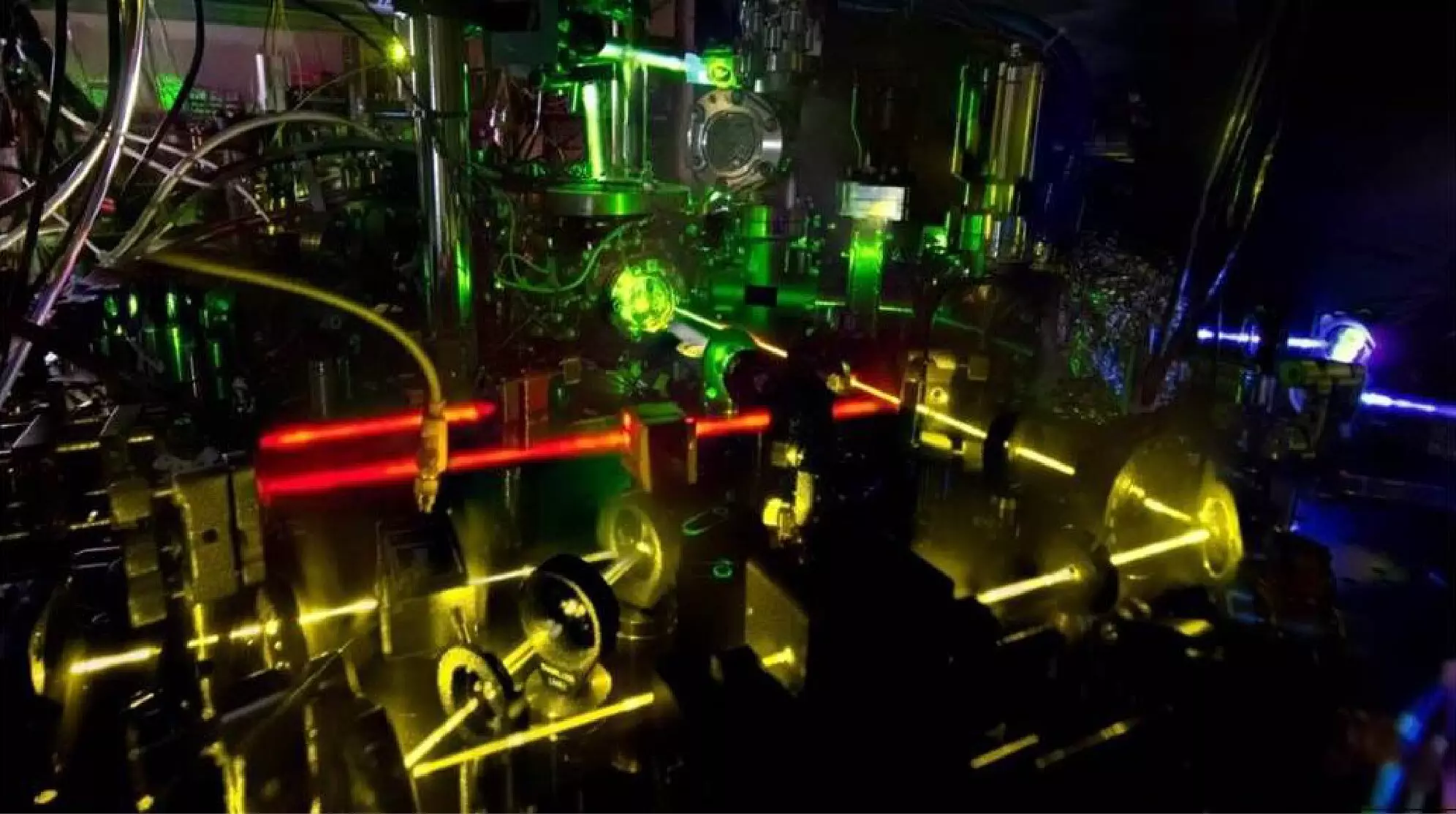The field of atomic timekeeping has seen significant advancements in recent years, and a recent publication by researchers from the Neutral Atom Optical Clocks Group at the National Institute of Standards and Technology (NIST), along with collaborators from the University of Colorado and Pennsylvania State University, highlights a crucial leap in this area. Their introduction of a newly developed sub-recoil Sisyphus cooling technique offers exciting prospects for enhancing the precision and accuracy of atomic clocks. This innovative cooling approach was not only instrumental in the development of a high-performing ytterbium optical lattice clock but also demonstrates potential applications in other metrology tools and clock designs.
Understanding the nuances of precision spectroscopy is essential in grasping the implications of this research. Precision spectroscopy involves the meticulous study of atomic and molecular states, where variations in frequency and energy levels can provide critical insights for numerous applications, including fundamental physics research and practical technologies. As Chun-Chia Chen, a co-author of the research paper, notes, this area has a rich history and encompasses investigations into various atomic systems, including anti-matter research at CERN.
The researchers encountered a prior study that articulated a potential laser cooling scheme involving hydrogen and anti-hydrogen. This inspired them to adapt the concept of Sisyphus cooling to their work with atomic clocks, leading to the design of a method that could greatly improve the operational characteristics of these devices.
Mechanics of Atomic Clocks
At the heart of atomic clocks lies the oscillatory motion of atoms, which serves as a stable frequency reference. Traditional atomic clocks leverage ultra-narrow transitions in energy levels to achieve remarkable levels of accuracy. These transitions allow for highly precise spectroscopic measurements, which are crucial for maintaining the stability of the measured frequency. The challenge faced by researchers is ensuring that their measurement techniques minimize errors related to potential differences between different atomic states.
Chen highlights that prior to conducting high-precision measurements, the implementation of Sisyphus cooling has become integral to their methodology, improving sampling conditions and resulting in more uniform atomic behaviors. This refined level of control is vital for advancing atomic clock technology.
The Sisyphus cooling technique devised by Chen and his colleagues employs a sophisticated approach to manipulate the energy levels of atoms within a period-modulated potential landscape. This tailored engineering enables precise positioning of excitation events that optimize cooling efficiencies. Specifically, the researchers configured their system to enhance the loss of kinetic energy as atoms ascend potential energy landscapes, which results in a cooler ensemble of atoms better suited for high-precision measurements.
In their research, the successful application of their Sisyphus cooling scheme to an ytterbium-based optical lattice clock substantiates its effectiveness across various atomic systems. This adaptability is a crucial finding, as it suggests the methodology could enhance numerous future quantum metrology tools, expanding its impact beyond just atomic clocks.
One of the traditional challenges in atomic clock development has been the disparity in the trapping potential experienced by atoms in different energy states. This discrepancy can significantly impact the precision of spectroscopy measurements. The team addressed this by introducing a spatially dependent shift in the excited atomic state, cleverly creating a larger trap difference that ultimately facilitated better cooling through Sisyphus mechanisms.
By reducing the inherent trap potential differences following the cooling process, they improved the uniformity of atomic ensembles in magic-wavelength standing-wave traps. The synergy between Sisyphus cooling and advanced spectroscopic techniques has the potential to revolutionize how atomic clocks are designed and used.
The Path Forward
As the researchers look forward to future studies, they anticipate that continued application of the Sisyphus cooling technique will further enhance the precision of optical lattice clocks developed at NIST. The implications of this work could stretch beyond atomic clocks, influencing various facets of quantum information science, including quantum computing and communications.
By fostering uniform atomic conditions and harnessing the benefits of temperature reduction in laser traps, Chen and his team are on the forefront of redefining what is technologically possible in the realm of quantum physics. The advancements achieved through their innovative cooling mechanisms signify a promising avenue for the next generation of high-performance atomic timekeeping devices. As these techniques are refined and widely implemented, the landscape of precision measurement will likely experience transformative enhancements, propelling research and technological applications into new territories.

